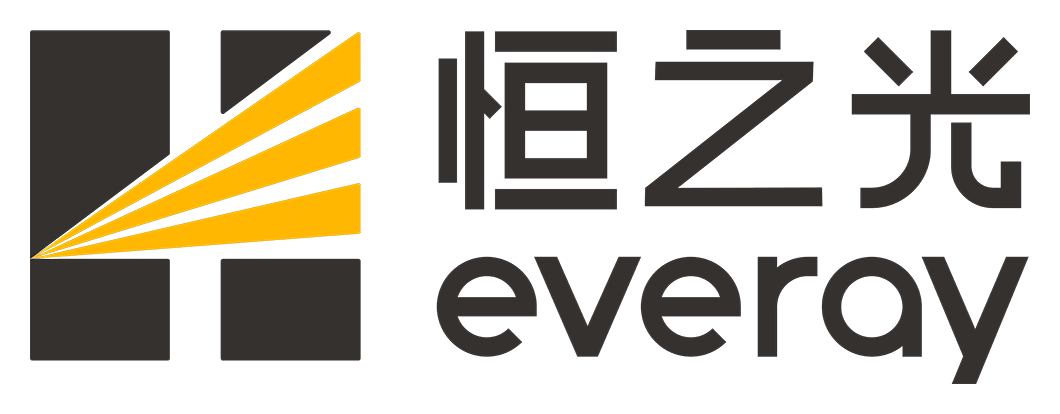About the use of UV flexographic inks
Release time:
2023-07-25
Nowadays, there should be more and more UV inks. UV flexo printing ink is safe and reliable, no solvent emission in use, non-flammable, does not pollute the environment, and is suitable for printing food, beverages, tobacco, wine, medicine and other goods with high hygiene requirements. In addition, its active ingredient utilization rate is high, and it can be converted into ink film by nearly 100%, which is considered to be an environmentally friendly product with almost zero pollutant emissions in the printing process, and is widely used in the printing of various packaging materials such as paper, aluminum foil, and plastic.
Nowadays, there should be more and more UV inks. UV flexo printing ink is safe and reliable, no solvent emission in use, non-flammable, does not pollute the environment, and is suitable for printing food, beverages, tobacco, wine, medicine and other goods with high hygiene requirements. In addition, its active ingredient utilization rate is high, and it can be converted into ink film by nearly 100%, which is considered to be an environmentally friendly product with almost zero pollutant emissions in the printing process, and is widely used in the printing of various packaging materials such as paper, aluminum foil, and plastic.
First, the main characteristics of UV ink
UV ink can be cured quickly after being irradiated by ultraviolet light, while the UV ink on the printing press or printing plate will not cure before being irradiated with ultraviolet light, that is, it does not dry on the machine and dries after printing. In flexo printing, the reason why UV printing can obtain printing effects that cannot be obtained with other inks is that UV ink can be instantly cured without ultraviolet irradiation, so printing, hot stamping, die-cutting and other post-press processing can be completed online on a production line, which greatly accelerates the production speed, especially suitable for unit flexo printing machines.
The drying device is simple, the energy consumption is low, the production efficiency is high, the drying speed is fast, and the subsequent processing can be carried out immediately after printing.
(1) The curing process of UV ink is a photochemical reaction process, which is a process from linear structure to screen structure, so the printing ink layer has many advantages such as water resistance, alcohol resistance, wear resistance, and aging resistance, which is beyond the reach of other types of inks. The scratch and chemical resistance of UV inks is one of the main requirements for label combination printing. The curing principle of UV ink also determines that it is very suitable for printing non-absorbent substrates.
(2) Solvent-free volatilization, high solid composition of imprinting, small amount of ink, and low comprehensive cost. For the same flexo printing product, the amount of UV ink is less than 50% of the ink. However, due to the high ink concentration, it is necessary to use a closed ink tank, and a temperature control system to adjust the viscosity of the ink is added, and a UV lamp cooling system is required to prevent thermal shrinkage of the substrate.
(3) UV ink particles are fine, high concentration, no change in physical properties during the printing process, no solvent volatilization, and stable viscosity, so the printing adaptability is good, the printing quality is high, it is not easy to paste the plate, stack the plate, and can be printed with a higher viscosity, and the ink layer is firmly attached, the dot clarity is high, the price reproducibility is good, the ink color is bright and uniform, once the UV ink of a certain color is adjusted, it only needs very little adjustment and preparation time before printing, especially suitable for spot color and large-area field printing.
Because UV ink has greatly improved the ink color consistency and quality consistency of printed matter, some patterns that were difficult to print in flexo printing can also be well reproduced, such as printing a few or a few lines of very fine yin text in a large area of the field.
Due to the good adhesion of UV ink to various substrates, some plastic films that are difficult to print with traditional inks can also be printed, and printing failures are greatly reduced.
(4) Although UV ink has good stability, it will also change in high temperature and high humidity environment, and should be stored in an environment below 20 °C.
(5) UV ink can not be mixed with general ink, thinner, cleaning agent must also use special or both.
(6) A specific type of UV ink is not universally used in all substrates, and it is necessary to choose correctly through tests depending on different substrates and models during printing.
In short, UV ink has more advantages than other inks from the perspective of environmental protection, printing quality and technological development, and has broad development prospects. The development of UV ink is also one of the main factors that has greatly improved the combined printing process, which in turn has promoted the growth of social demand for comprehensive printing.
Since UV inks were put into commercial use 20 years ago, they have grown rapidly. Nowadays, the quality of UV inks has reached a high level, and it is not widely used in other printing processes. Almost 8 out of every 10 new flexographic printing machines currently in production worldwide are equipped with UV printing equipment.
Second, the matching problem of UV ink and various materials
Compared with other inks, UV ink has great advantages in both printing process and printing quality, and can obtain printing effects that cannot be obtained by other inks. However, when using UV inks, attention should be paid to the matching problems with various materials.
(1) UV lamp
The number of UV lamps in the curing unit and the radiation intensity must depend on the printing speed, the thickness of the ink film and the brightness of the ink color. Take BASF's UV inks and UV varnishes as examples. If the standard ink film thickness of the first color (such as cyan) is 1.20-1.40g/㎡ and the printing speed is 100m/min, two medium-pressure mercury lamps of 120W/cm should be used; if the ink with high color concentration and darker color is printed on one or two stacked colors, it will increase the difficulty of overall curing, which is due to the fact that the UV light is quickly absorbed by the dark ink.
The curing difficulty of standard four-color UV ink is magenta, yellow, cyan, and black from small to large, so the color sequence of UV multi-color printing should be black, cyan, yellow, and magenta. Some spot colors are also difficult to cure, such as green, opaque colors are also difficult to cure because they reflect all the UV light, and gold and silver inks also have the same problem.
The lifespan of UV lamps is limited, and lamps that have aged cannot be cured with UV inks or UV varnishes. Most of the instruction manuals indicate that the UV lamp must be replaced after about 1000 hours of use, in fact, if the printing feels that the print cannot be cured at the normal printing speed, it is necessary to consider replacing the UV lamp, so as not to affect the overall printing operation.
(2) Reflective cover
If a reflector is not attached, about 80% of the UV light will not be able to hit the substrate due to scattering, so the UV curing device must be fitted with a lampshade so that the UV light is reflected on the substrate intensively. The reflector must be kept clean, as dust or dust adheres to the reflector and will affect the reflection effect. When the UV lamp is not in use, the UV lampshade should be closed to prevent dust from falling.
Among the three types of inks currently used in flexographic printing, water ink and UV ink are recognized as environmentally friendly printing materials. In the past 10 years, flexo printing has developed rapidly in the field of packaging printing at home and abroad, in addition to the characteristics and technological progress of flexo printing itself, there is also an important reason that this printing method caters to the needs of green packaging development, and can widely use ink and UV ink that meet the requirements of environmental protection. The emergence and development of high-precision flexo ink has promoted the development and progress of flexo printing. Nowadays, the popularization and application of flexo UV ink will once again promote the improvement of flexo printing product quality and the development of flexo printing technology.
Related News
Social media
Friendship link
Contact informations
Address
Company headquarters: 12th floor, office building b, aoyuan plaza, fengle road, pengjiang district, jiangmen city, guangdong province
Jiangmen factory area: Meidachong nanyang wai industrial zone, muzhou town, xinhui district, jiangmen city, guangdong province
Yunfu factory area: Dawan town dawan industrial park, yunan county, yunfu city, guangdong province
SEO Label | Powered by:www.300.cn Jiangmen


